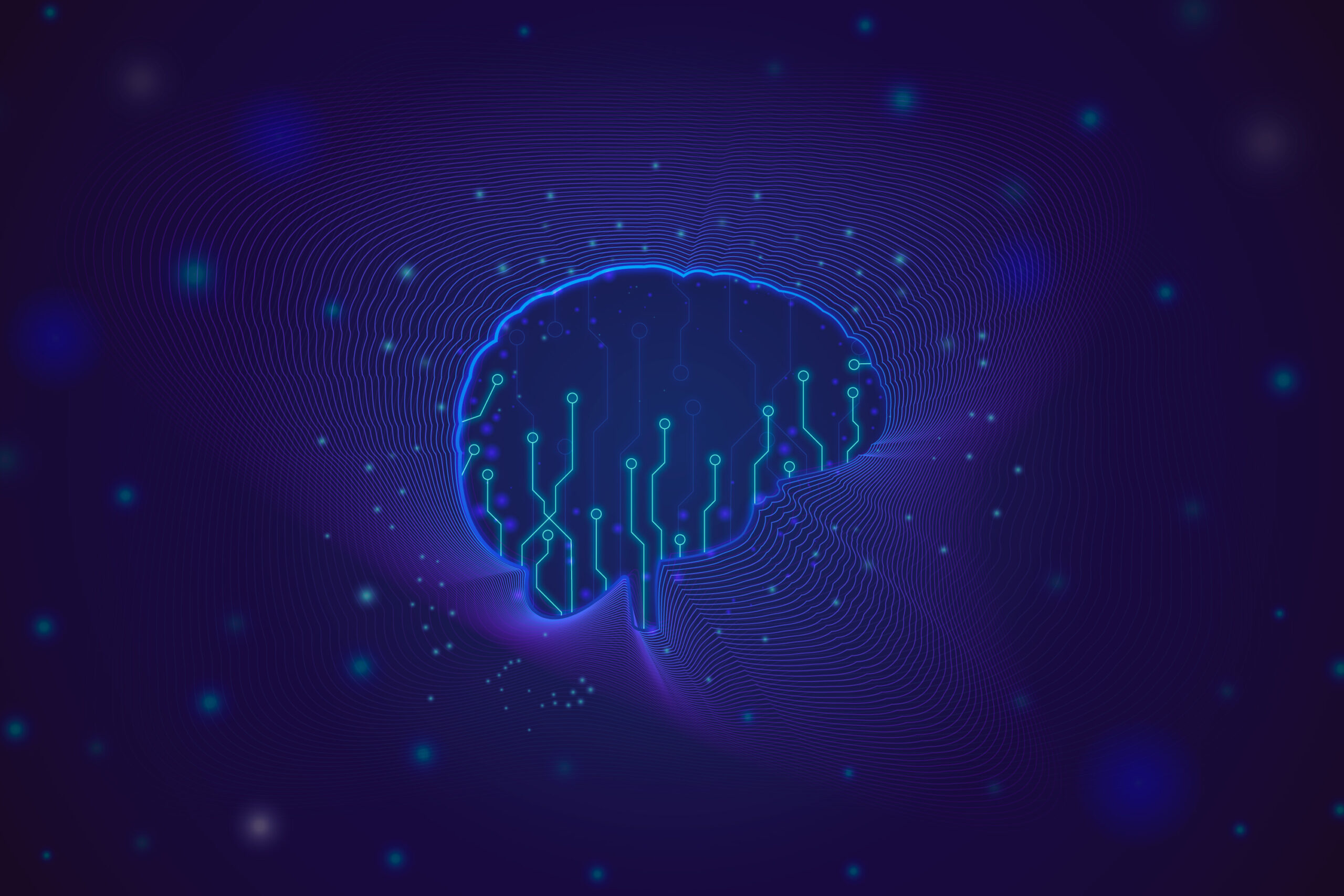Neuromorphic Computing: Revolutionizing the Future of AI with Brain-Inspired Technology
But why is this technology causing such a stir in the tech world? Traditional computing systems, despite their impressive capabilities, pale in comparison to the human brain’s energy efficiency and processing power. Enter neuromorphic computing—a game-changing solution that draws inspiration from the very organ it aims to emulate. By designing chips that function more like biological neural networks, researchers are unlocking new possibilities for AI that are faster, more efficient, and incredibly powerful.
As we delve into the world of neuromorphic computing, we’ll explore its fundamental principles, the groundbreaking chips making waves in edge AI, and spotlight innovative solutions like BrainChip’s Akida and TENN. Join us on this journey to uncover how brain-inspired technology is revolutionizing the future of AI and paving the way for smarter, more intuitive machines.
Neuromorphic Approach to AI
Understanding Neuromorphic Computing
Neuromorphic computing is an innovative approach to artificial intelligence that mimics the brain’s neural networks. This field aims to create systems that potentially revolutionize AI and machine learning.
Key Principles of Neuromorphic Computing
- Parallel Processing: Like the brain, neuromorphic systems process information in parallel, enabling faster and more efficient computations.
- Low Power Consumption: Designed to be energy-efficient, similar to the human brain’s remarkable efficiency.
- Adaptive Learning: Can learn and adapt in real-time, like biological neural networks.
| Feature | Traditional Computing | Neuromorphic Computing |
|---|---|---|
| Architecture | Sequential | Parallel |
| Power Efficiency | High consumption | Low consumption |
| Learning Ability | Predefined algorithms | Adaptive, real-time learning |
| Data Processing | Separate memory and processing | Integrated memory and processing |
Advantages of Neuromorphic AI
- Enhanced pattern recognition
- Improved natural language processing
- Real-time decision-making capabilities
- Reduced latency in edge computing
- More human-like AI interactions
Neuromorphic Chips and Edge AI
Revolutionizing Edge AI with Neuromorphic Chips
Neuromorphic chips are transforming edge AI, particularly with their advantages in power consumption and real-time processing.
Key Benefits of Neuromorphic Chips
- Energy Efficiency
- Low Latency
- On-device Learning
- Adaptability
| Feature | Traditional Chips | Neuromorphic Chips |
|---|---|---|
| Power Consumption | High | Ultra-low |
| Processing Speed | Variable | Near real-time |
| Learning Capability | Limited | Continuous |
| Adaptability | Fixed | Dynamic |
Applications in Edge Devices
- Smart sensors for industrial IoT
- Autonomous vehicles
- Wearable health monitors
- Intelligent home assistants
BrainChip’s Akida and TENN
Akida: A Neuromorphic System-on-Chip
BrainChip’s Akida mimics the brain’s neural structure, offering ultra-low power consumption and real-time edge AI capabilities.
Key Features of Akida
- Neural Network Processor for efficient processing
- On-chip learning without cloud connectivity
- Event-based processing for low latency
- Flexible architecture supporting CNNs and SNNs
TENN: Temporal Event Neural Network
TENN is BrainChip’s proprietary architecture designed for processing temporal data efficiently with improved accuracy.
Applications of Akida and TENN
- Autonomous vehicles
- Industrial IoT
- Smart home devices
- Healthcare monitoring systems
- Cybersecurity
Conclusion
Neuromorphic computing is revolutionizing AI by mimicking the brain’s efficiency and adaptability. Technologies like BrainChip’s Akida and TENN are driving smarter, energy-efficient edge AI solutions that pave the way for faster, more intuitive, and intelligent systems in our daily lives.
Explore more Blogs
Follow us

